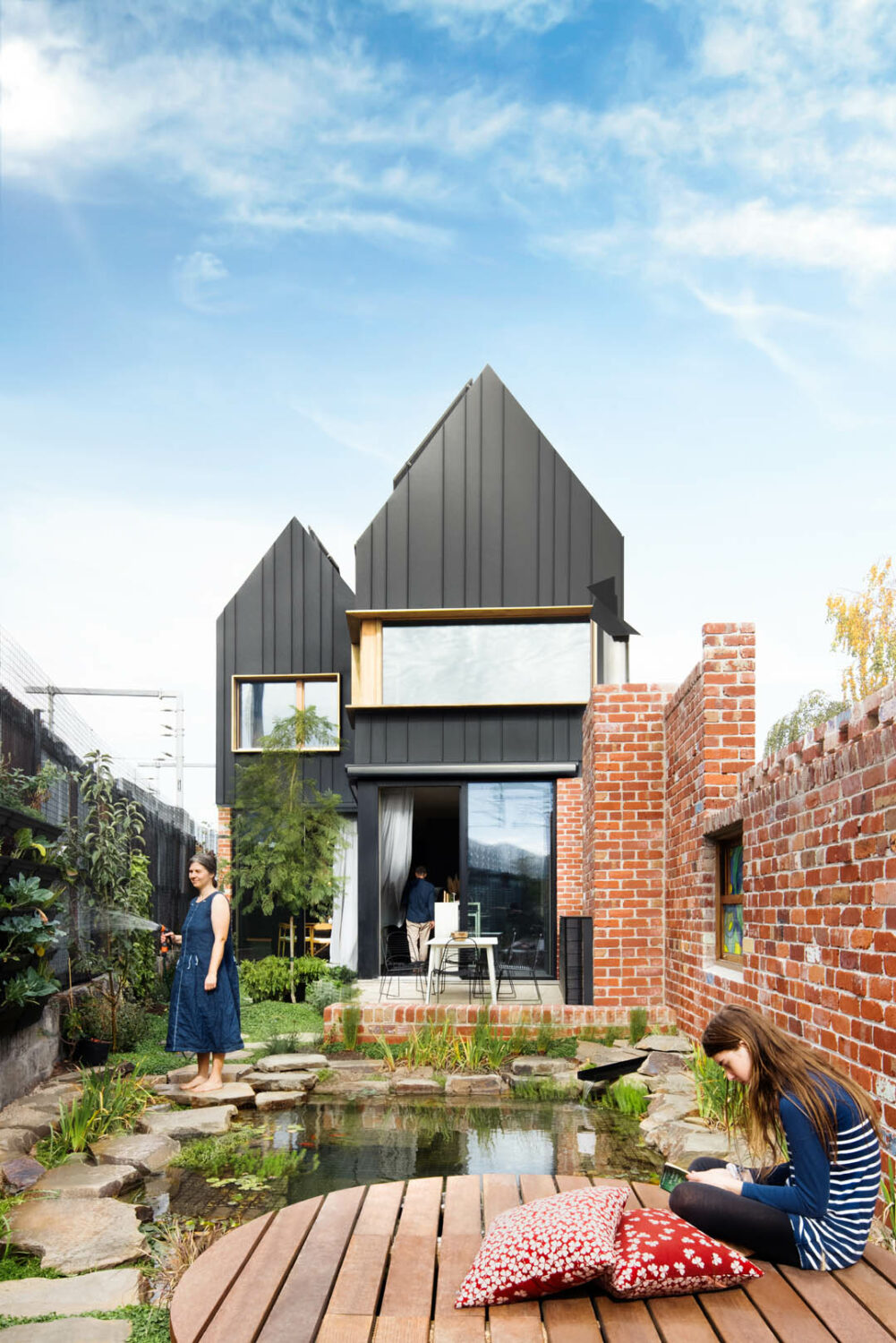Looking for an insight into the future of green homes? Our Sustainable House Day partner Bank Australia spoke to Ryan Rathborne, a director in the CEFC’s Property Investment team, about four emerging – and exciting – trends in the green building movement.
Australia’s first zero-emission home was built back in 2010 by the CSIRO, Henley Homes and partners. Over a decade later, the idea of a ‘sustainable’ or green home is no longer a radical or fringe idea, and demand for homes (and renovations) that work more harmoniously with the natural environment is on the up.
That demand is partly due to organisations like the Clean Energy Finance Corporation (CEFC), which has a remit to invest $10 billion on behalf of the Australian government in things like renewable energy, energy efficiency and ‘green’ property, with the goal of cutting Australia’s carbon footprint.
Bank Australia was proud to launch its Clean Energy Home Loan with initial investment from the CEFC in January 2020. Bank Australia’s Clean Energy Home Loan gives a discounted interest rate for customers buying or building a new green home or making ambitious green upgrades to their homes.
“We’re big supporters of green home loans,” says Ryan Rathborne, a director of the CEFC Property Investment team. “Green home loans shine a light on the way things can be done in the mortgage market. We’ve been delighted to work with Bank Australia. They’re doing a great job promoting sustainable living, and their Clean Energy Home Loan has been really successful in creating demand for energy efficient homes in Australia.”
The green homes of today go beyond just sticking some solar panels on the roof. Every single aspect of the design and build is meticulously considered to help achieve the best NatHERS energy rating – and the best quality of life for its occupants – as possible.
But what about the green homes of the future?
With rapidly advancing technology and more building companies and organisations coming to the table, innovation in the space is at an all-time high. Here are four emerging green building trends that Ryan is excited to see.
1. Mechanical ventilation is getting cheaper
Mechanical ventilation allows houses to be built with less air leakage, and then ventilates the home mechanically with fans and ducting. By using this type of technology, you can have a home that maintains a more comfortable temperature and has significantly improved air quality.
“It’s an important health consideration, especially as we’re spending more times in our homes in this current environment,” Ryan says. “The cost has come down a lot, and many home builders are now comfortable applying this technology, so that’s an opportunity we’re hoping to see more of.”
2. EV readiness is becoming the norm
With the potential growth in electric vehicles, another emerging trend is ensuring that switchboards in new builds are EV-ready. “If houses don’t already have a charger for their EV, it’s important that homeowners are able to retrofit a charger when the need arises,” Ryan explains. “It’s a really important consideration for someone that might be building a new home because we know EVs will become increasingly popular in the years ahead.”
3. Building materials are getting greener
Ryan and the CEFC have noticed an increase in the number of people becoming interested in where their building materials are sourced. “We’ve seen a number of building products that either naturally exhibit circular economy principles around recycling, or they’ve obtained Climate Active carbon neutral certification,” he says. “As more and more homes install solar to meet ongoing electricity needs, we have been encouraged by a new focus on low carbon building materials and fixtures that often come at low or no cost premium.”
Consumers are also becoming more savvy about the products they’re working with. “Increasingly, people know the difference between a product that has been made sustainably and certified as carbon neutral and one that hasn’t and that’s what they are choosing to buy,” Ryan explains.
4. More light roofs!
The thermal qualities of a grey or black roof are vastly different to a white or very light-coloured roof, with some modelling suggesting that the temperature difference in the roof cavity can be as much as nine degrees.
“Choosing a light roof over a dark one is a really simple, low-cost decision which can make a home more comfortable and more energy efficiency. It’s a great way to address things like urban heat islands, where an area is much warmer than the space around it because natural land cover has been replaced by concrete, buildings and other heat-absorbing surfaces,” he says.


